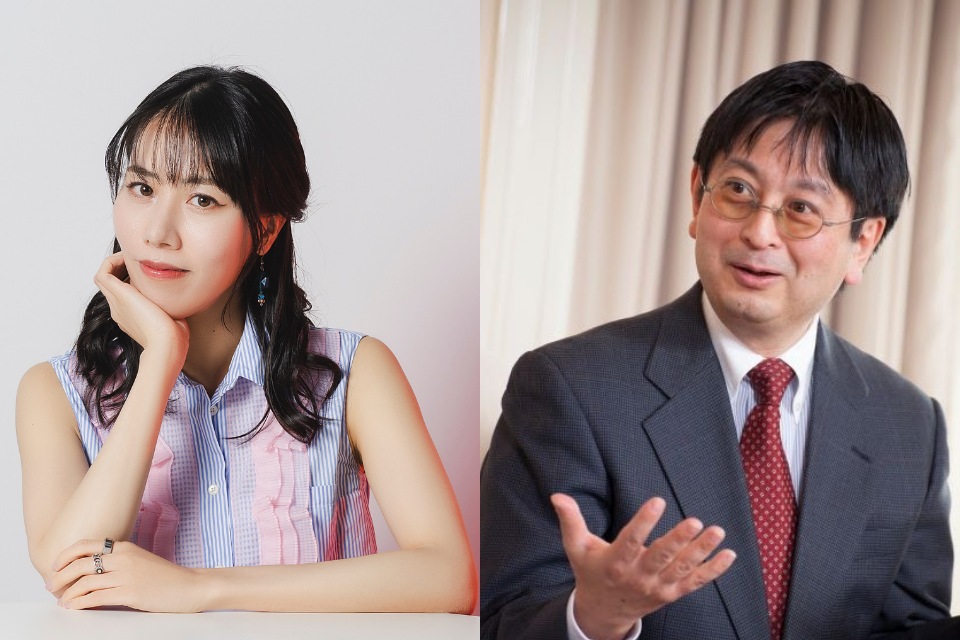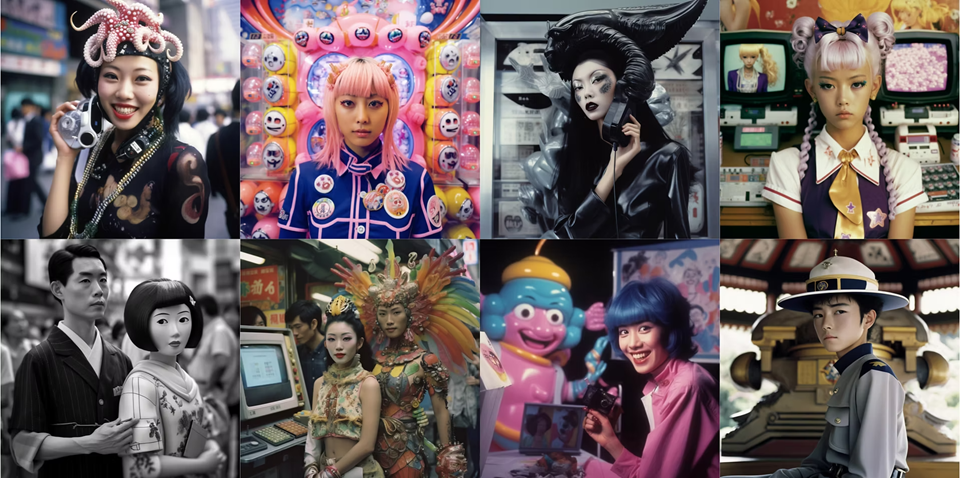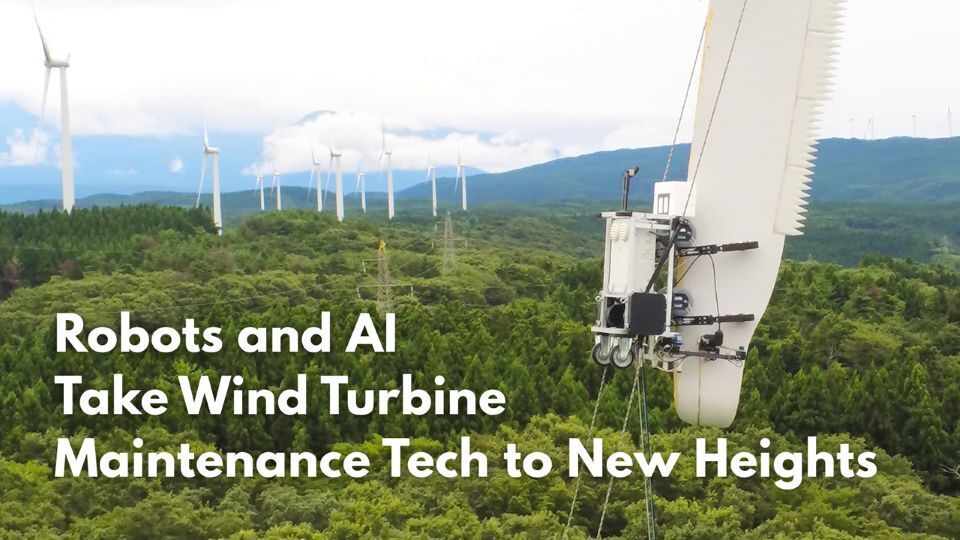Web3, a new decentralized digital network based on blockchain technology, allows users to manage and transact data themselves without relying on specific companies or administrators. In Japan, web3 enjoys growing use not only in content fields like anime, music, and art, but also in such diverse areas as regional revitalization.

Artist KUSANO Emi (left), who creates artwork using web3 technology, and KOKURYO Jiro (right), Professor Emeritus at Keio University, who served as chair of the Digital Agency’s Web3.0 Research Group.
Web3 is attracting notice as a more open digital network that marks a new step beyond web1, from the early days of the internet, and web2, which drove the spread of social media. At the core of web3’s innovations are cryptocurrencies, non-fungible tokens (NFTs), and decentralized autonomous organizations (DAOs). The NFT market alone is predicted to grow to US$13.679 billion by 2027, holding the potential to form a major economic sector.
Artist KUSANO Emi, whose unique creations are inspired by Japanese pop culture, exemplifies that potential. In 2022, she achieved global success as co-founder of Shinsei Galverse, a crowdfunded anime project utilizing NFTs (she has since stepped down). Earlier, in 2021, the NFT art collection “Zombie Zoo” created by her then-eight-year-old eldest son drew significant attention when it was traded for approximately 1.7 million yen (as of 2021) in secondary sales.
Kusano continues to use NFTs to release works created by incorporating new technologies such as generative AI. She has exhibited at museums both in Japan and abroad, including the 21st Century Museum of Contemporary Art in Kanazawa and the M+ Museum in Hong Kong, and has also collaborated with Christie’s and other international auction houses.

“Neural Fad” (2023), an art series by KUSANO Emi. Using generative AI, she created fictional street snapshots that reflect Tokyo’s fashion history and a Japanese vision of the future expressed through such motifs as anime and robots.
Kusano says, “It was a major change for me to be able to exhibit my work in such venues, despite not living in New York or London and not being affiliated with a mega-gallery. The web3 community is international and diverse, with people who understand and appreciate creative work that uses new media like AI and blockchain.” The birth of web3, an open digital space in which anyone can participate, greatly expanded her world. “It’s an ‘ocean’ of new possibilities, so there are opportunities for people regardless of where they live or whether they’re affiliated with galleries. The NFT community is interdisciplinary. It’s not just about art—it brings together innovators and early adopters from diverse fields like fashion and sports.”
KOKURYO Jiro, Professor Emeritus at Keio University, served as chair of the Digital Agency’s Web 3.0 Research Group until 2023. Kokuryo says the revolutionary aspect of web3 is “creators being able to keep their works under their own control, rather than entrusting them to galleries or platforms to sell on their behalf.” He continues, “Furthermore, through blockchain, works can be distributed across borders. This has made us realize that business models different from traditional ones are feasible.”
Kokuryo explains that web3 technology can be utilized “beyond just content industries and business sectors. For example, a citizen who participates in childcare support volunteer work could receive digital tokens, which could then be used for care services for their own family members. In this way, web3 has the potential for use as a tool for mutual aid and community support among residents. It allows us to visualize values like ‘gratitude’ and ‘contribution’ that have been difficult to quantify before.”
Web3 applications for regional revitalization are also emerging. “ Rural NFTs,” developed by Rural Co., Ltd., are one example that combines tourism resources from across Japan—such as hot springs, castles, and sake breweries—with “content” like anime, idols, and sports teams to sell highly exclusive local NFTs that can only be purchased in specific areas. This is a successful example of “visualizing” fans’ passionate support for what they love through web3 mechanisms, bringing people and energy to local communities.

Rural Co., Ltd. creates NFTs featuring not only popular characters but also regional tourism resources such as castles and railways. Users visit these locations and scan QR codes displayed at stores and other facilities to purchase NFTs. Only users who are physically present on-site (determined by sharing their smartphone location) can purchase the NFTs.
The Japanese government also has a policy of advancing the social implementation of digital technologies including AI and web3. Today, web3 use is spreading in Japan beyond the ranks of cutting-edge artists and early adopters, with society-wide adoption promising benefits to the general public through improved services and regional revitalization.






























